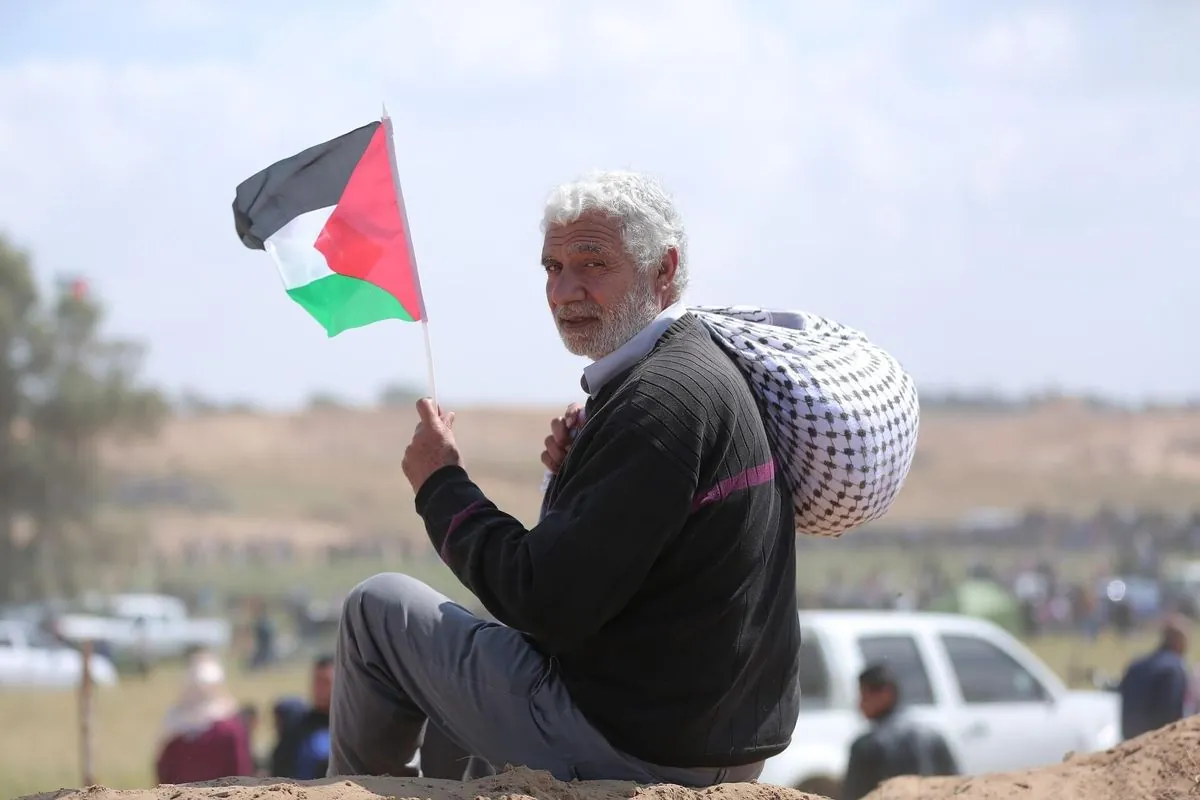Canada's commitment to provide temporary residency for up to 5,000 Gazans, announced in May 2024, has seen slow progress. Since the program's launch in January 2024, just over 300 individuals have arrived in the country. This stands in stark contrast to the nearly 300,000 Ukrainians who have entered Canada since 2022 under a similar initiative.
The story of Reem Alyazouri and her family illustrates the challenges faced by many Gazans seeking refuge in Canada. Alyazouri arrived in Toronto on September 4, 2024, after a perilous journey from Gaza City through Egypt. However, her parents remain stranded in Cairo, awaiting Canadian visas despite fleeing the conflict in Gaza seven months ago.
Hani Abushomar, Alyazouri's brother and a Canadian citizen, applied for six family members to join him in Canada when the program launched. Nine months later, his parents are still in limbo, having completed the biometric information submission six months ago.
The slow processing of applications has left thousands of Palestinians waiting for visas from Canada, a country known for its welcoming stance towards immigrants and refugees. Out of over 4,200 applications submitted, only 698 have been approved.
Canada's immigration department spokesperson, Julie Lafortune, stated that the focus is on reuniting families and bringing them to safety as quickly as possible. However, she noted that the primary barrier is getting out of Gaza, with many factors outside the department's control affecting processing times.
The Gaza program's progress pales in comparison to other Canadian temporary immigration initiatives. For instance, Canada has approved nearly 963,000 applications under the Canada-Ukraine authorization for emergency travel since March 2022, with almost 300,000 arrivals. This disparity has raised questions about the efficiency and fairness of the Gaza program.
Immigration experts have pointed out unusual requirements for Gazans, such as providing employment information dating back to when they were 16 years old. Jamie Chai Yun Liew, a law professor at the University of Ottawa specializing in immigration, noted that the Gaza program has an "inordinate amount of barriers and hurdles" compared to other temporary, ad hoc programs.
"Gazans who have managed to get to Egypt live in limbo, surviving off savings or donations, without access to government services. Many are survivors of trauma."
The situation for Gazans who have reached Egypt is particularly challenging. They lack the necessary papers to work, access healthcare, or open bank accounts. This limbo state adds to the trauma many have already experienced due to the conflict.
Canada's immigration system, known for its points-based Express Entry program and comprehensive refugee resettlement initiatives, has faced criticism for the slow progress of the Gaza program. The country's universal healthcare system and the Canadian Charter of Rights and Freedoms, which guarantees certain political and civil rights, make it an attractive destination for refugees.
As Canada aims to welcome 500,000 new permanent residents annually by 2025, the Gaza program's challenges highlight the complexities of managing humanitarian immigration initiatives. The contrast between the Gaza and Ukrainian programs underscores the need for a more consistent approach to refugee resettlement, regardless of the conflict's origin.
